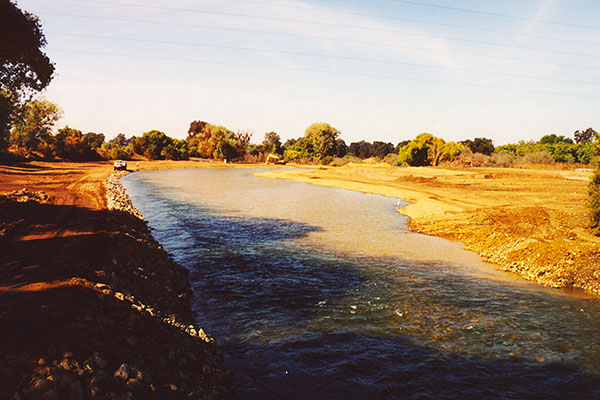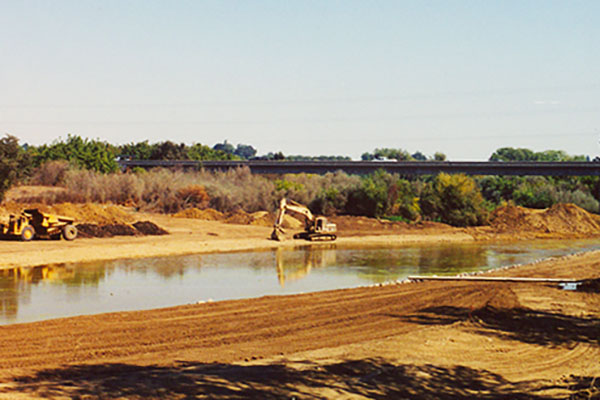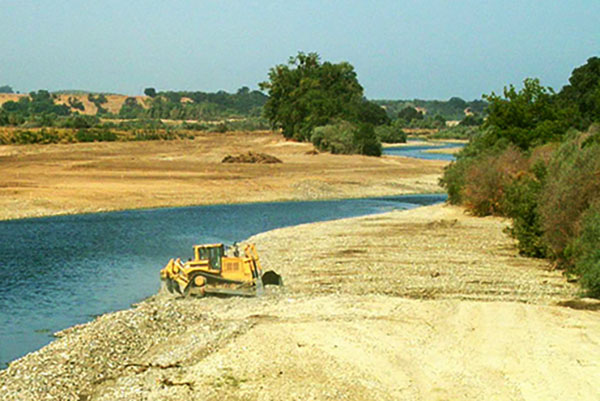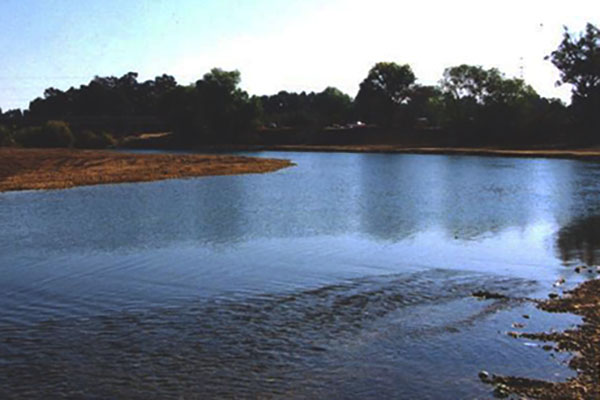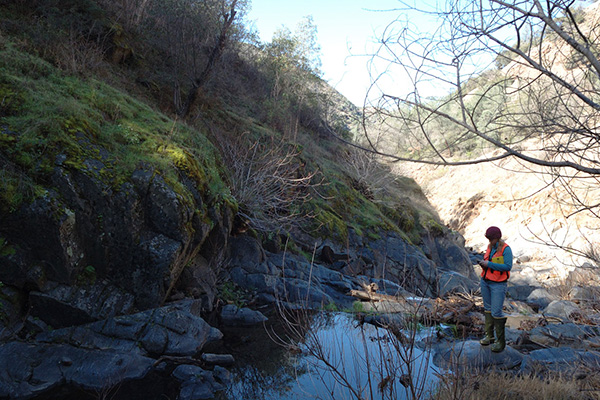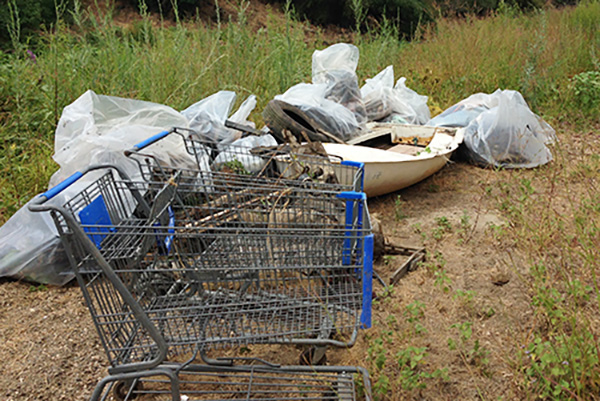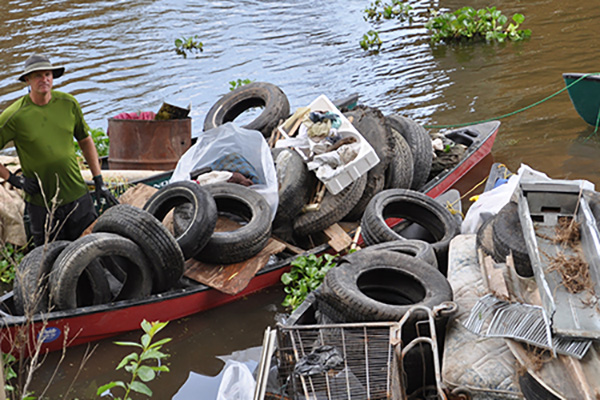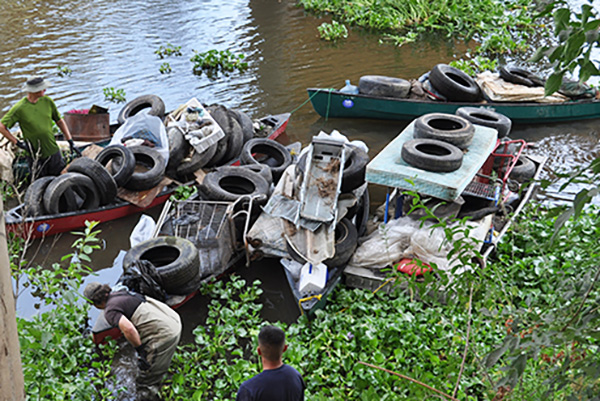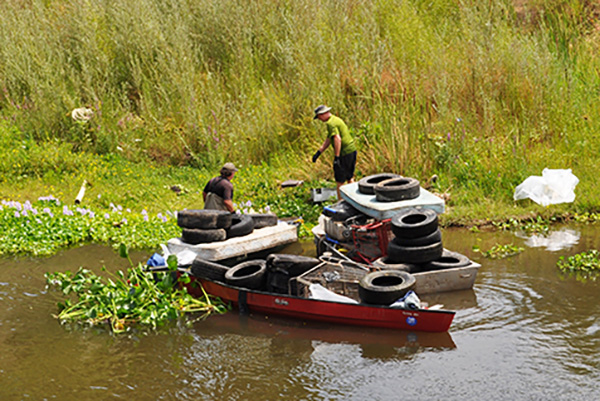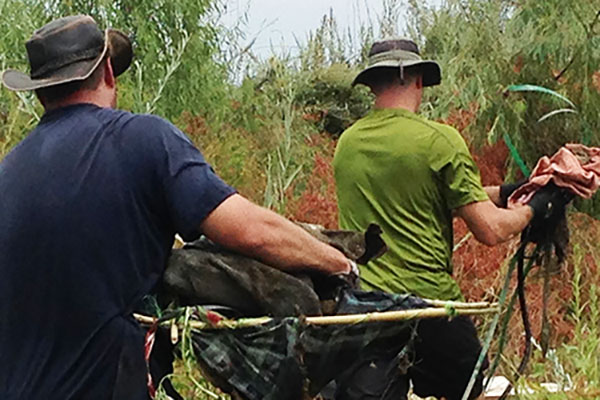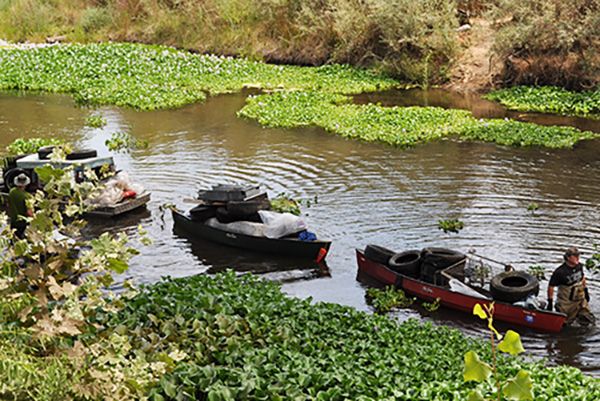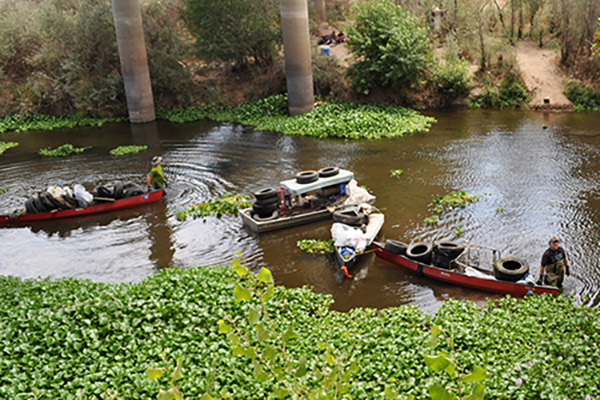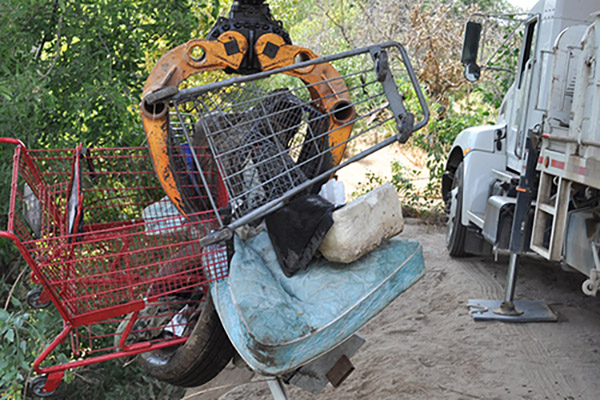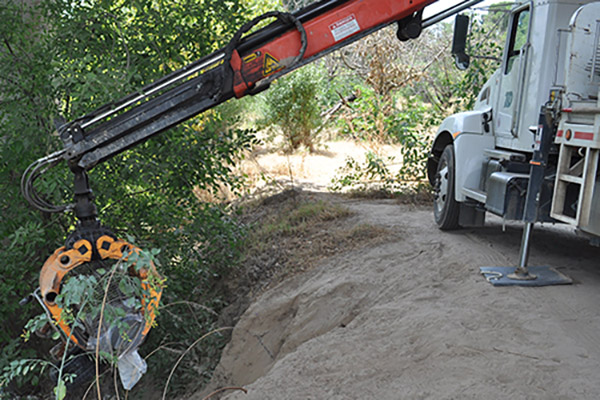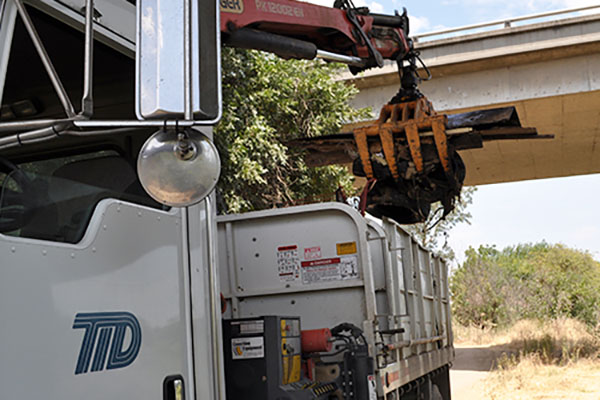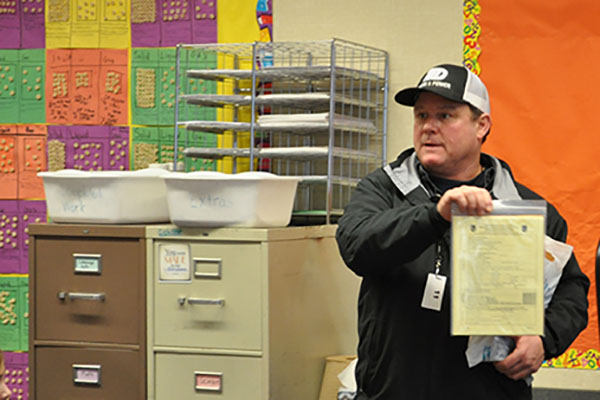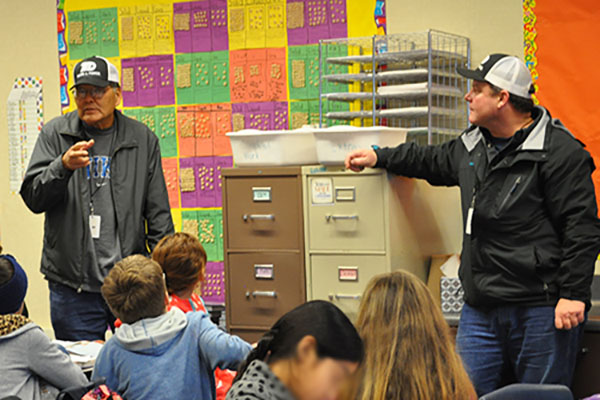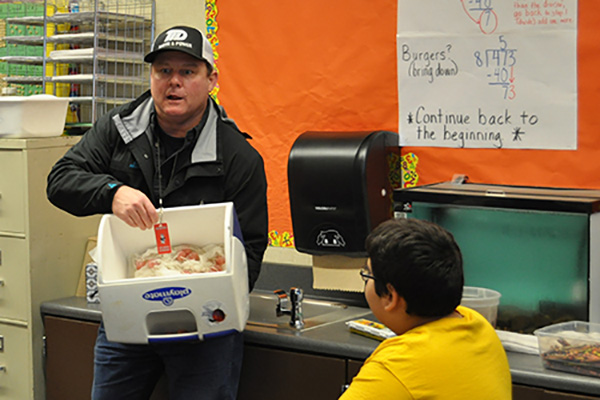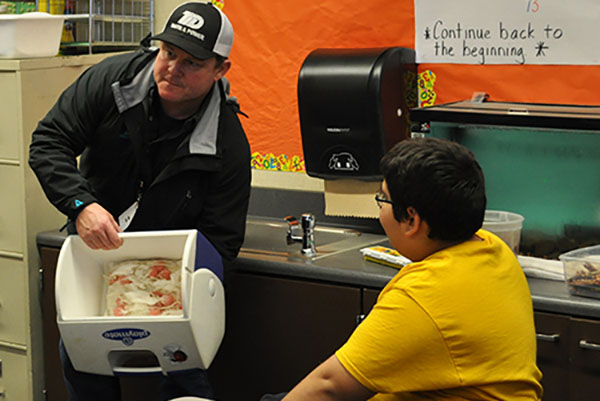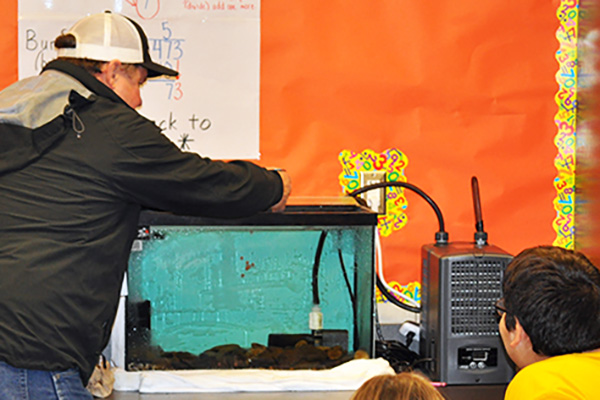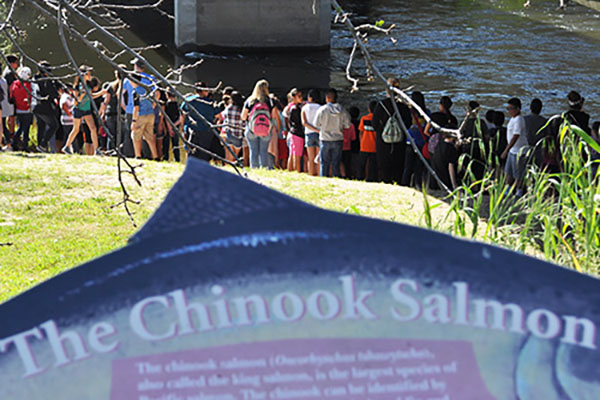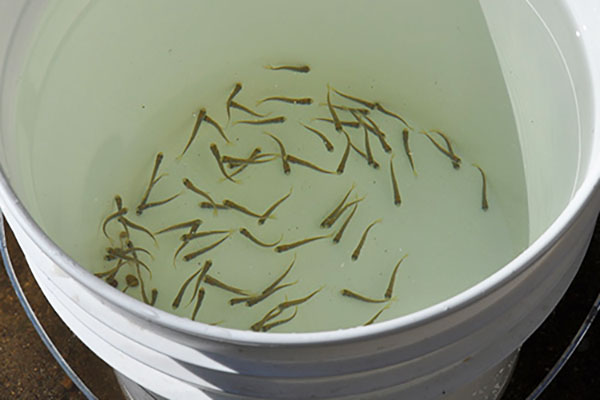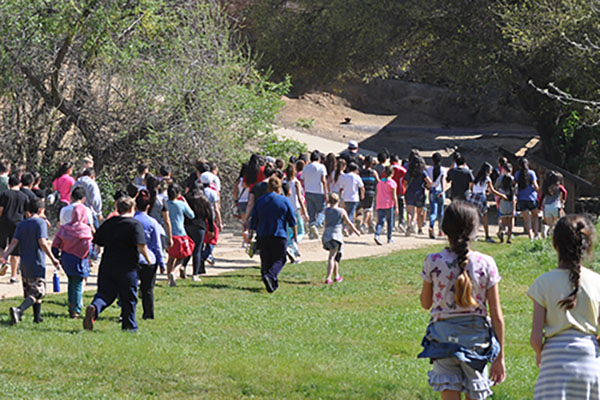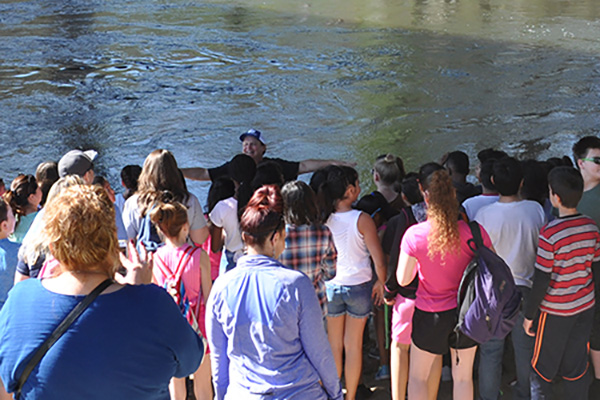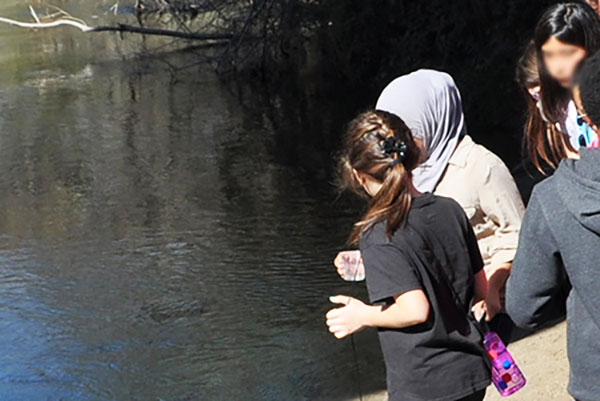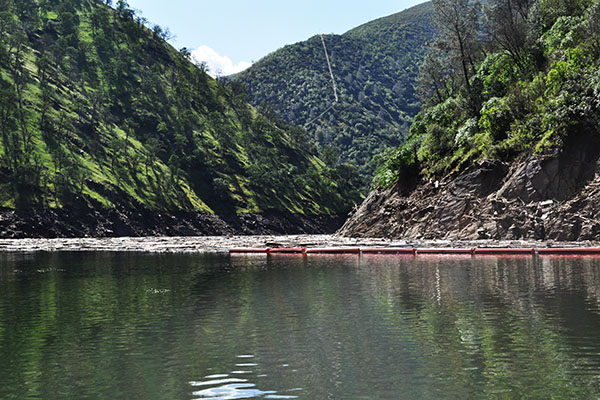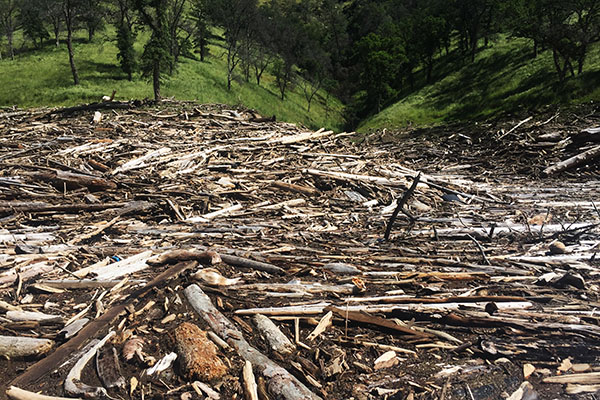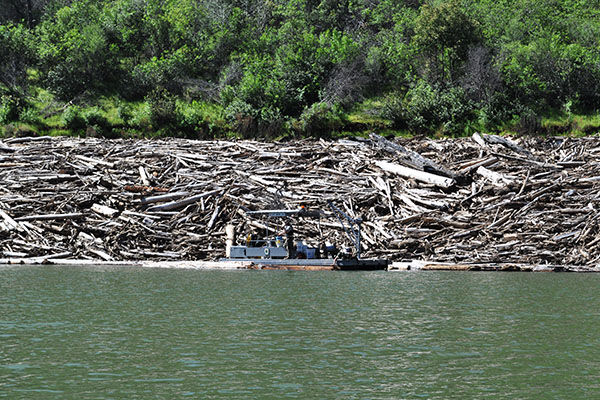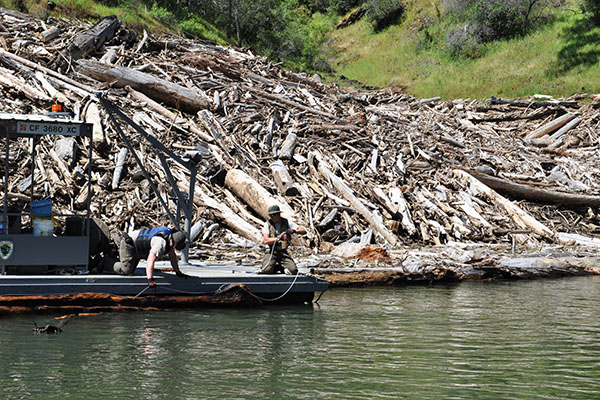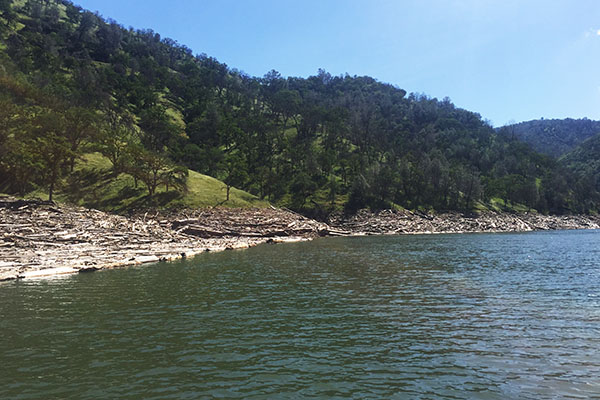Tuolumne River Stewardship
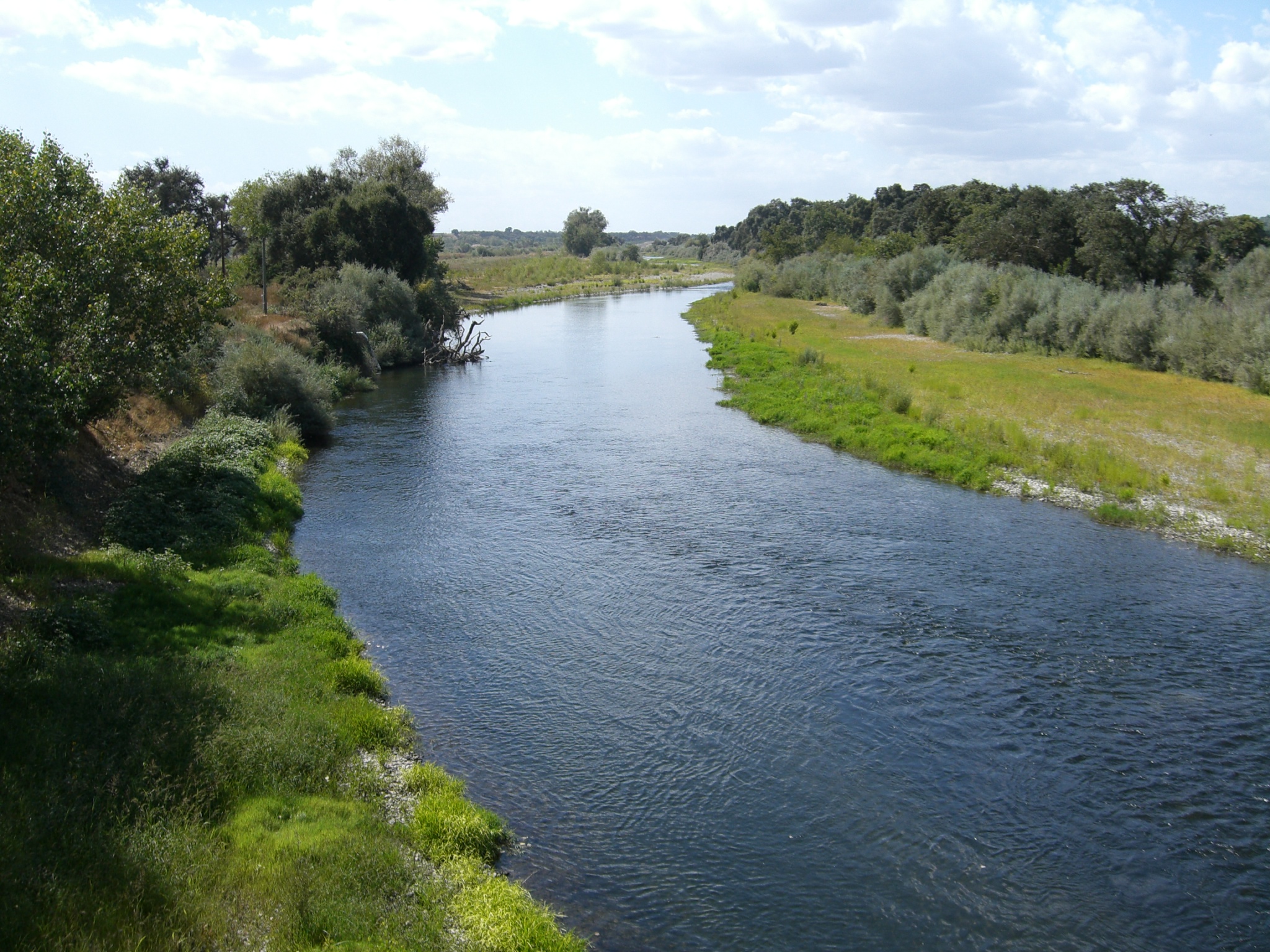
Holding some of the oldest water rights on the Tuolumne River, we’re proud of our leadership in caring for the river’s natural resources and our continued commitment to improving its ecosystem.
Together with our partner on the Tuolumne, the Modesto Irrigation District, we’ve spent many years and $40 million studying and developing the best available science on the Tuolumne River. Since 1981, we’ve been the leading agencies conducting these extensive investigations in and along the Tuolumne River to better understand Chinook salmon and O.mykiss ecology and the factors affecting salmon production. Employing an aquatic biologist and biology consultants to closely monitor the River’s fishery and riparian habitat, we monitor river conditions to sustain a healthy river environment for salmon and other species below the La Grange Diversion Dam.
We believe that the key to a healthy river system involves stream and habitat rehabilitation, improved flow schedules and predator suppression to promote the long-term survival of native fish.
Below are descriptions of some of the projects we’ve done to study and improve the habitat for native species on the Tuolumne River.
Lower Tuolumne Projects
Habitat Improvement
As part of our work as project manager of Tuolumne River Technical Advisory Committee, we’ve been a part of channel and riparian restoration projects, predator isolation projects and sediment management projects. One such project is the habitat improvement project at Fox Grove known as “Special Run Pool #9
9 to 99 Tuolumne River Cleanup
We participate in the 9 to 99 river clean-up in Modesto. The 9 to 99 group concentrates their clean-up efforts on the Tuolumne River between the 9th street bridge and the Hwy 99 over-crossing in Modesto. These photos are from July 2015.
Salmonids In The Classroom
Since 1990, we’ve been participating in the “Salmonids in the Classroom” program at schools in our District. Our aquatic biologist administers the program and partners with the Department of Fish and Wildlife, which provides salmon eggs from the Merced River Hatchery as well as permits to conduct the work. We work with educators to cater classroom presentations that begin in early fall before eggs are placed into classroom aquariums in December. Presentations cover topic areas such as the Chinook salmon life cycle, anatomy and physiology of fishes, river geology, riparian vegetation, aquatic habitat, predatory fish and even the mathematics of egg incubation. In the spring, we take the children on field trips to the river to release the juvenile fish to the river.
Upper Don Pedro Projects
Floating Woody Debris Management
Woody debris makes its way into Don Pedro via the Tuolumne River upstream of Moccasin Point in the upper reaches of Don Pedro. The debris consists of branches, brush, logs and timber that wash into the river from the hillsides of the watershed. Forest fire activity as well as drought and heavy snow can increase the amount of debris with which we must contend.
Woody debris in the Reservoir can pose a danger to boaters and swimmers and, if left unchecked, could eventually make its way into our control structures and interfere with our ability to regulate the Reservoir.
Beginning in 1983, the Districts purchased a tug boat for approximately $60,000 to use for removal of woody debris in the upper reach of Don Pedro which blocks access to the River and takeout area for river rafters. Since that time, we’ve filed a Woody Debris Management Plan with the Federal Energy Regulatory Commission and proactively manage the debris build-up by clearing and disposing of it. In 2007, we purchased our new more powerful tugboat at a cost of $190,000 which has been the primary debris containment vessel since.
River Rafting Improvements
- We installed restroom facilities at the rafting takeout near the inlet to Don Pedro Lake on the Tuolumne river for the benefit of rafters floating the river in 1999.
- In 2011, Don Pedro Recreation Area staff discovered that the Wild and Scenic River signs were accidentally installed in the wrong place, 1.5 miles downstream of the official boundary installed by the Bureau of Land Management. Our staff in cooperation with the Bureau of Land Management surveyed and installed new boundary signs in the correct location designating the Wild and Scenic boundary location and warning boaters to keep out.
- With the assistance of a Baseline Sierra Conservation Center inmate crew, we completely renovated and improved both rafting take out trails, greatly increasing access to the area.
For more information regarding the Tuolumne River, visit the Tuolumne River Technical Advisory Committee website. This committee is a technical forum established to coordinate activities and improve conditions on the lower Tuolumne River.
